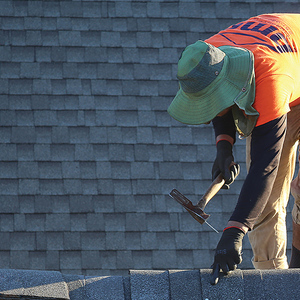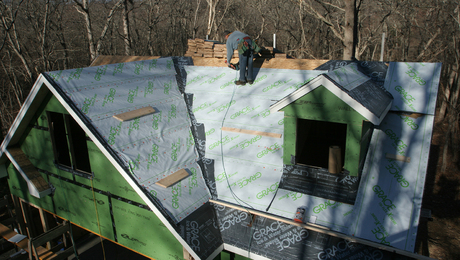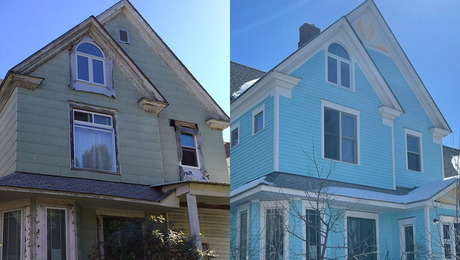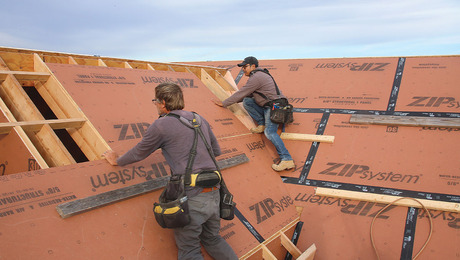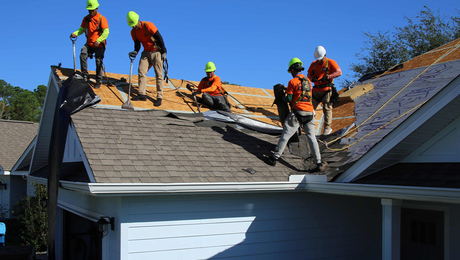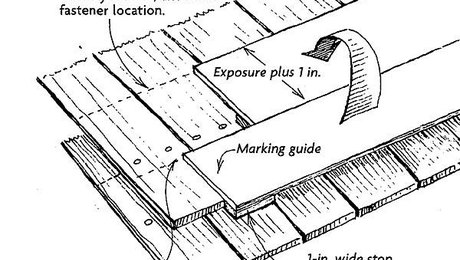While reshingling a roof five years ago, I installed zinc strips under the cap shingles to prevent algae staining on the roof surface. I left the bottom edge of the zinc exposed 2 in. Now algae stains are appearing in the middle of the roof. Was I sold a bogus solution, or did I install the strips incorrectly?
—Jack Sommers
Ithaca, N.Y.
M.G.: The solution is not bogus. When rainwater runs over the surface of the strips, zinc ions are released that wash over the surface of the roof and kill algae. The problem is that while the zinc strips you installed under the cap are probably keeping algae from forming in the top few feet of the roof, by the time the water reaches the middle of the roof, it is so diluted that it no longer contains enough zinc to stop the algae growth. You need to install additional zinc strips at intervals up the roof. A lot of factors impact how to space the strips: humidity, rainfall amounts, age of the roof, roof slope, width of the strips, and algae resistance built into the shingles. I’ve never seen a formula for spacing zinc strips. One manufacturer recommends strips every 6 ft. Another suggests strips every 3 ft.
Ideally, the strips should be installed at the time the shingles are installed. They are nailed along the nail line on the shingle course so that the overlying shingles cover the nails. Since the zinc strips may cover the self-sealing strips on the shingles, you may need to apply dabs of roof cement to ensure that the overlying shingle course is sealed to the one beneath.
If the roof already has algae stains, you can add zinc strips to kill the algae, but it will take time for the rain and zinc to work. You can accelerate the cleaning process by spraying the roof with an algae cleaner.
Fine Homebuilding Recommended Products
Fine Homebuilding receives a commission for items purchased through links on this site, including Amazon Associates and other affiliate advertising programs.

Ladder Stand Off

Flashing Boot

Peel & Stick Underlayment


